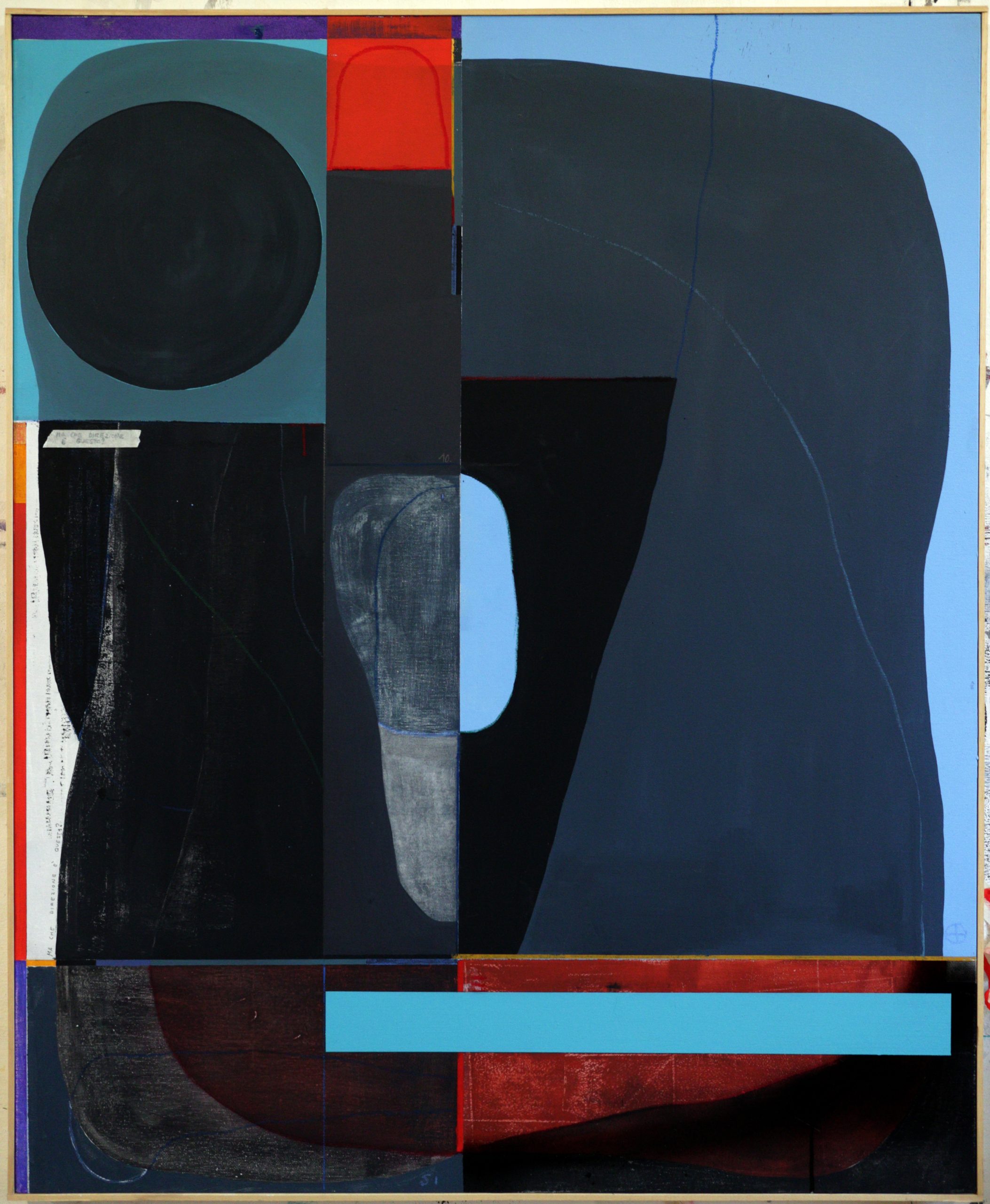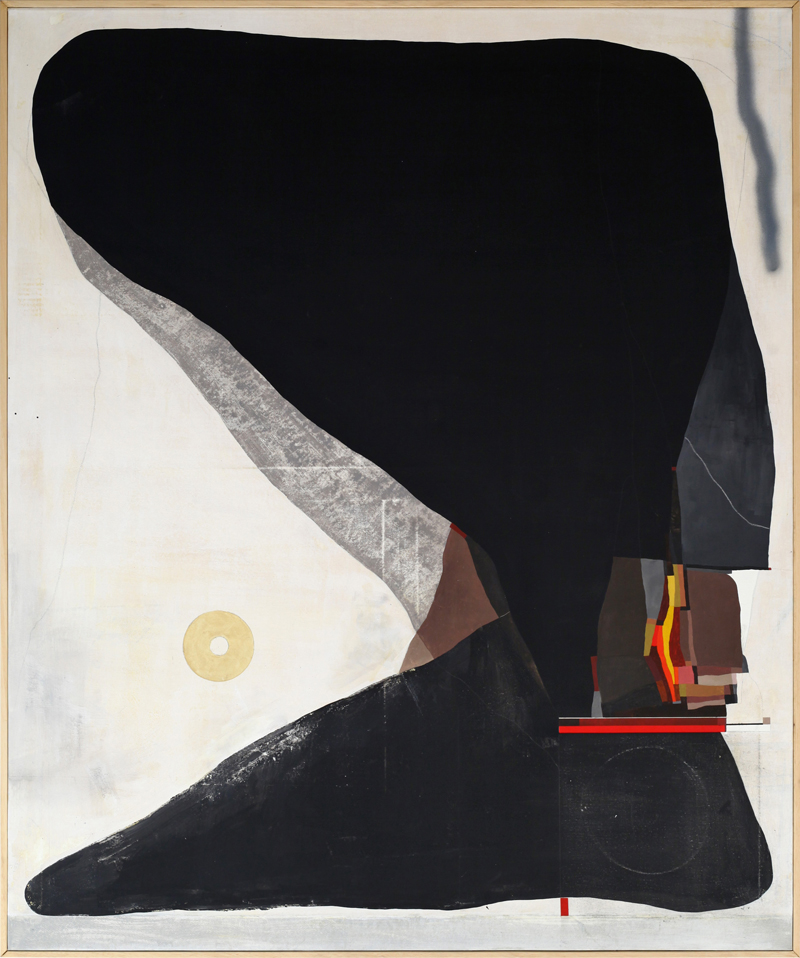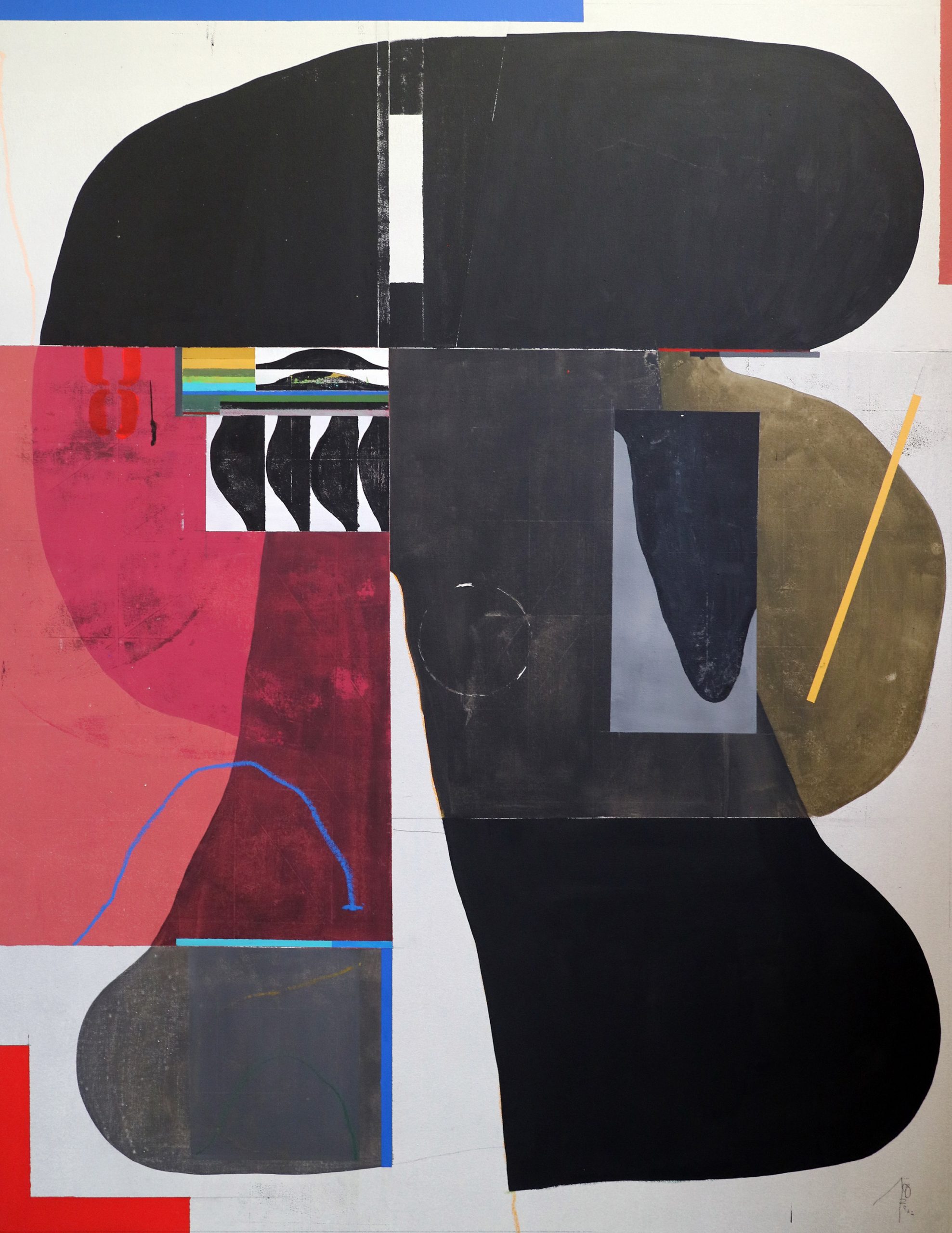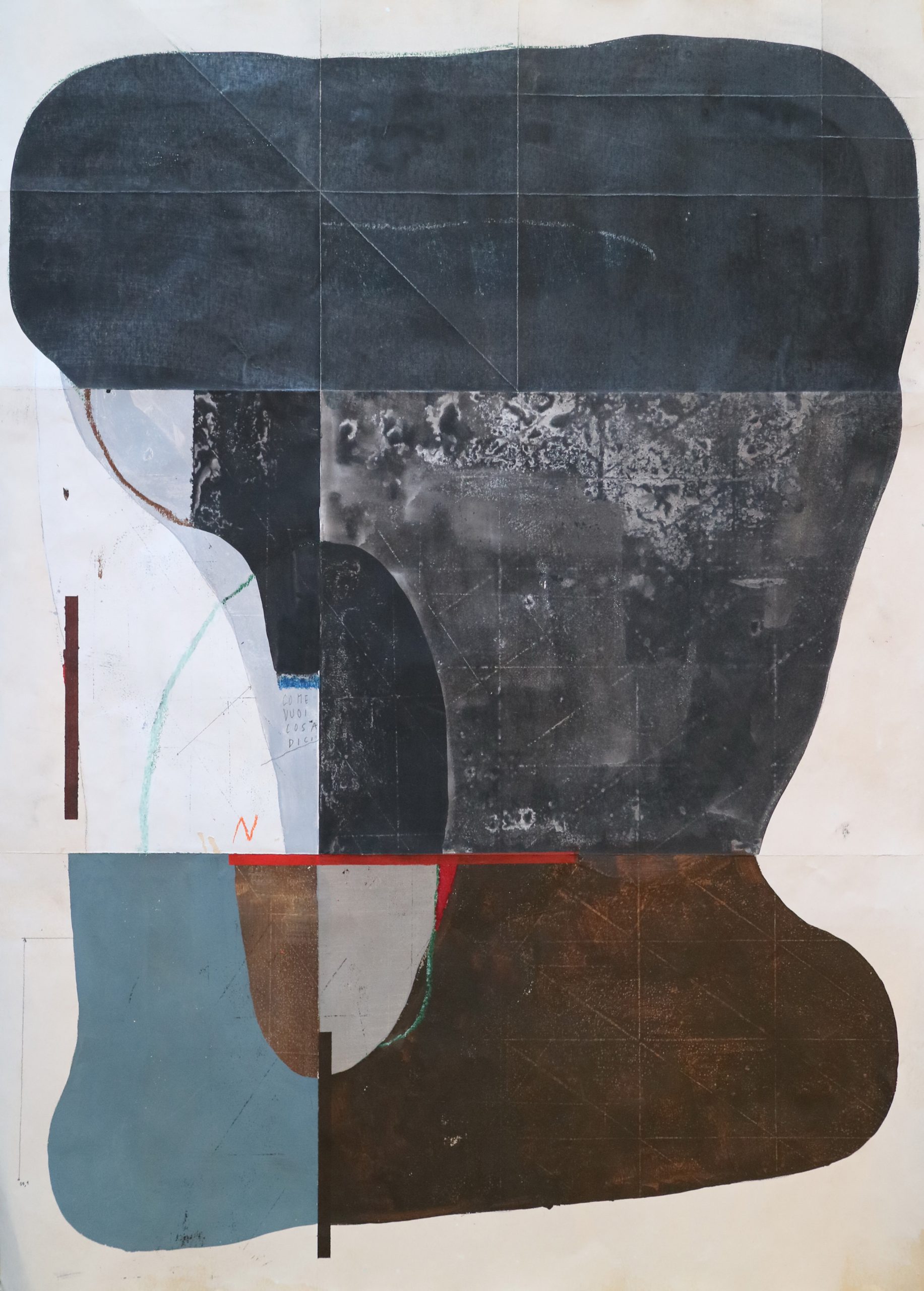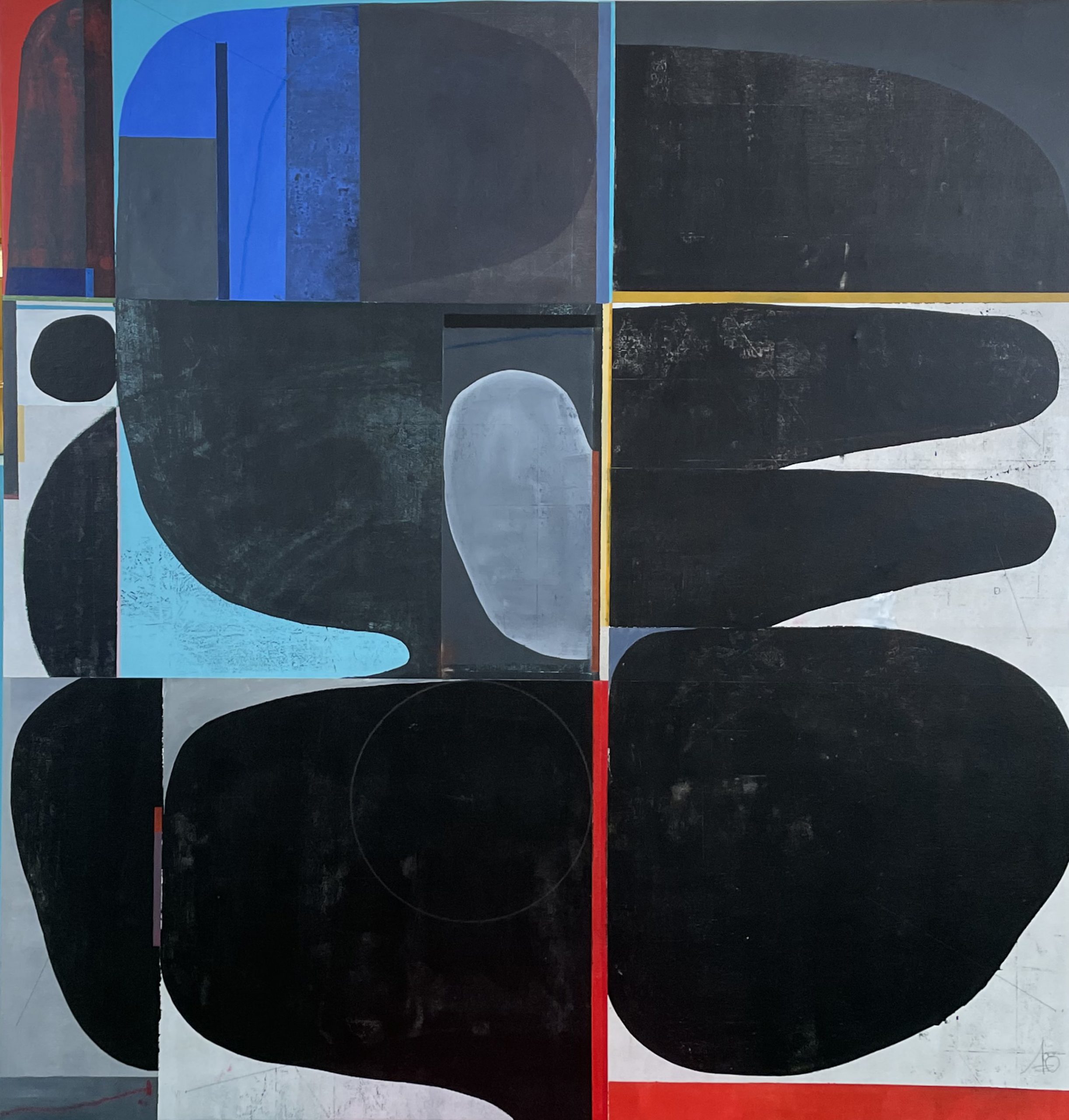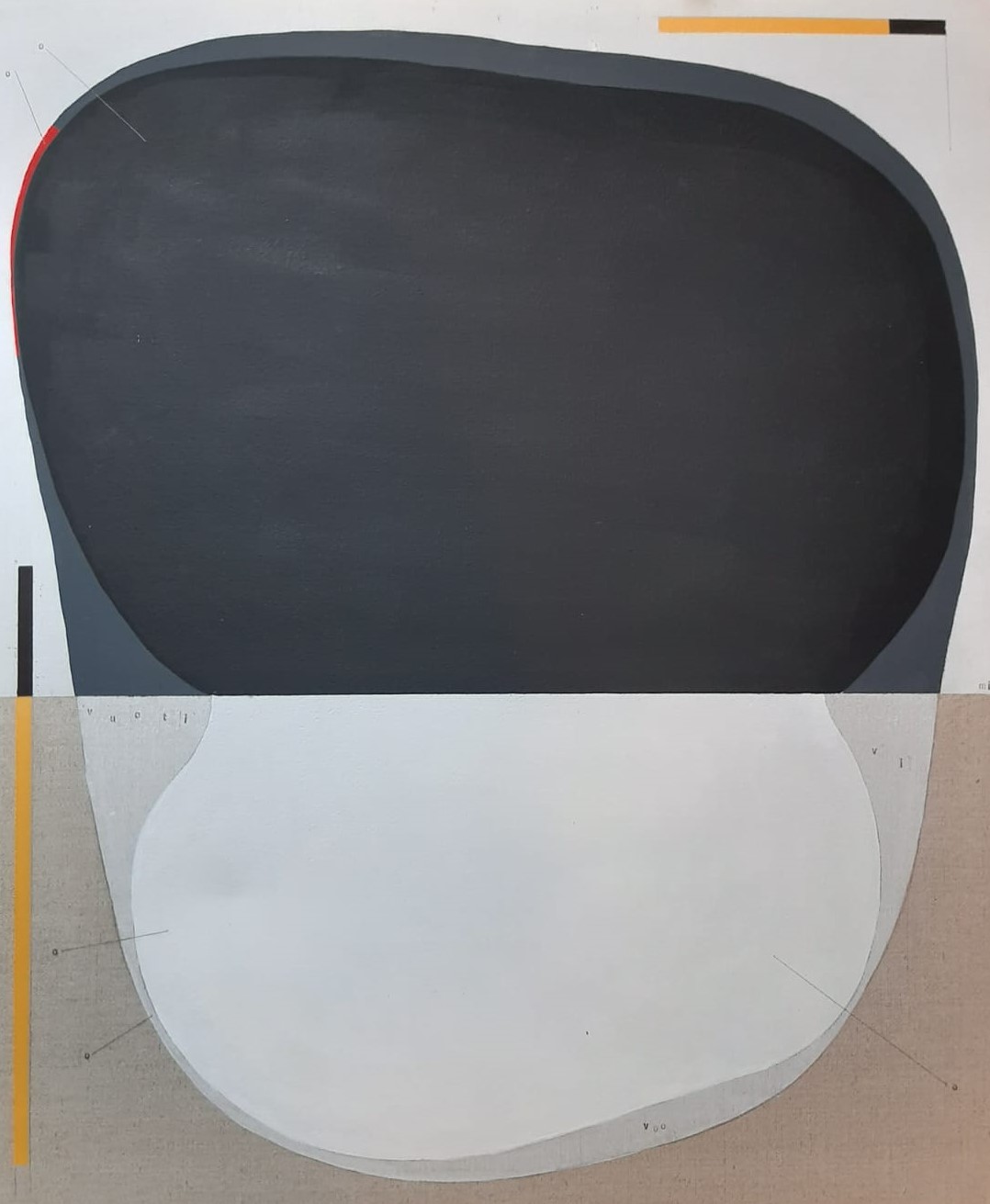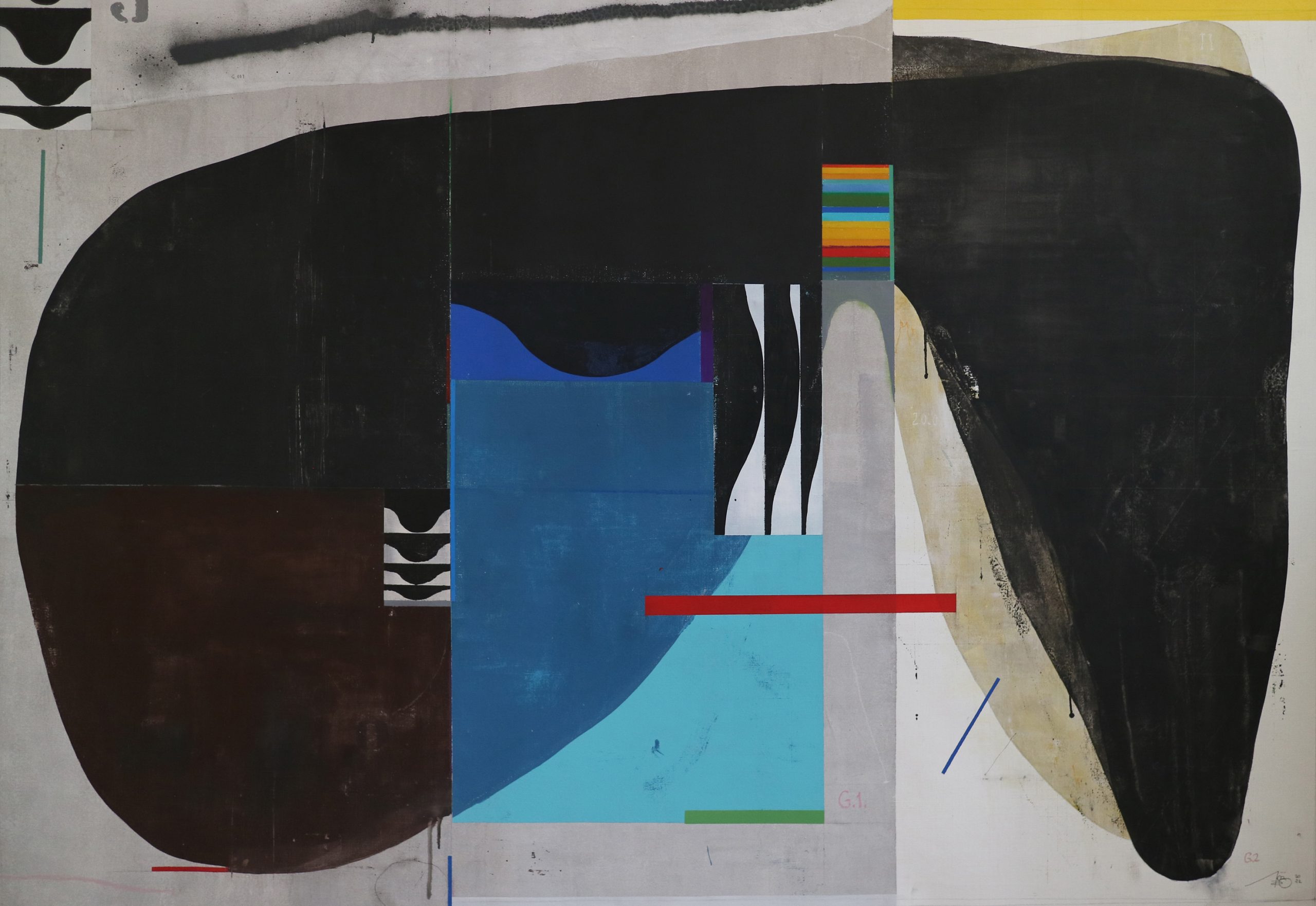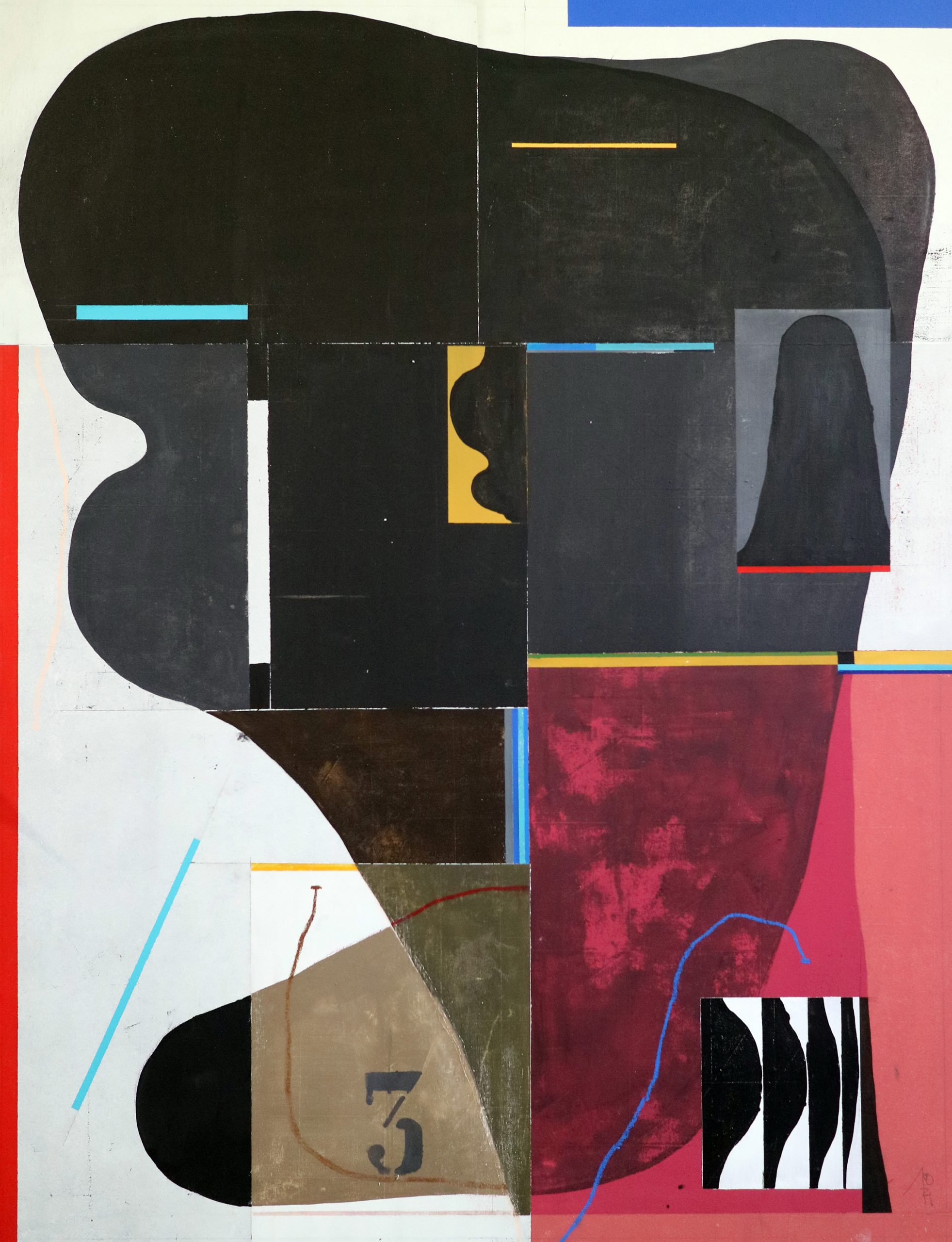108
108 (Guido Bisagni) was born in Alessandria in 1978.
A historic exponent of the Italian urban art scene, he holds a degree in Industrial Design from the Milan Polytechnic and is considered one of the first and greatest exponents of abstract post-graffiti art on a national and European level. He approached the world of graffiti at the age of thirteen, accessing it from punk-rock culture and skateboarding rather than from the more common hip-hop address. His interventions in the streets of Alexandria at first approached the more traditional American style, with some experimentation on the three-dimensional route proposed by the Swiss and German scene, and then later became acquainted with the more avant-garde Nordic styles. In 1999, influenced by the overcoming of the common idea of graffiti operated by the transalpine world (André; Stak; Honet), he abandoned traditional lettering to devote himself to more distinctive and characterizing expressive formulas, as also underscored by the transition to the pseudonym 108, a de-personalizing name derived from a combination of interests in Eastern philosophies and geometry. Signs, symbols, abstract materializations with organic features make up his new poetic and spiritual imagery, in the conception of which contaminations of different sources take over, from the abstractionism of the historical avant-gardes to the Dadaist causality of H. Arp, from numerology to primitive painting. The shamanic component of Eastern religions and Kandinsky’s color theory are fundamental contributions to build a discourse around these soft, ethereal and heavy forms at the same time, not so much in the direction of their aesthetic bearing, though very present, but in their universal intimacy. After an initial phase characterized by the use of adhesive films in bright yellow hues, the Alexandria-based artist finds a more proper dimension in the complete dedication to black, understood as a master route to introspective depth. The use of paint, rollers and the search for places foreign to the urban context, walls of abandoned structures and lonely walls in the natural landscape, identify this phase. In more recent years there is a definite return to color, always investigated in its inescapable symbolic component. Fundamental is, moreover, the relationship with the surface and the places of intervention, the latter observed and questioned as precise entities, therefore respected and never “occupied.” Following the discovery of L. Russolo’s sound compositions, 108 also broadened his experimentation to the field of music under the pseudonym Larva 108. With the help of old computers and acoustic instruments, he transposes the restlessness of wall works into the production of disturbing noises and sound compositions.
